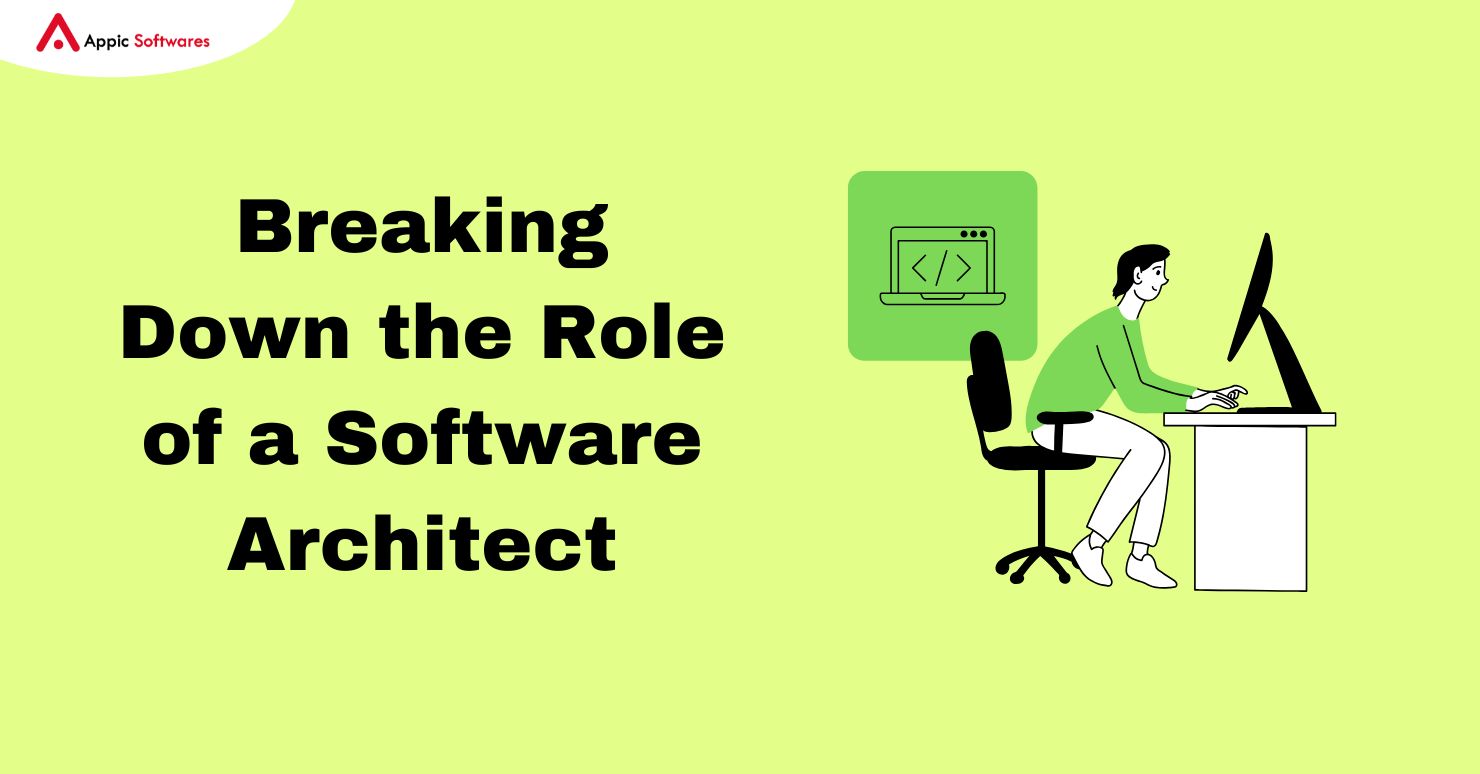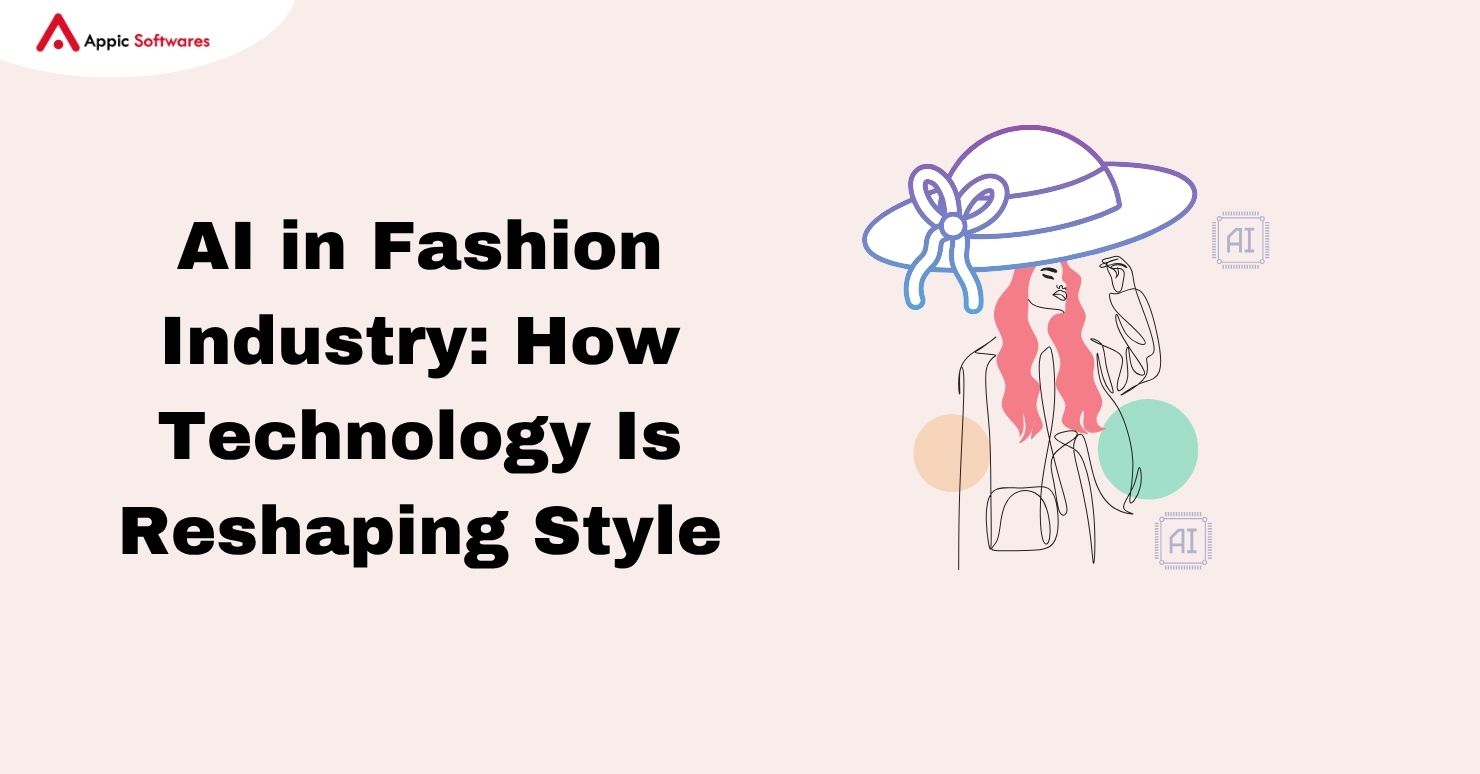
Introduction
Recent data and research indicate a growing adoption of Google Flutter’s SDK. As a result, more individuals are interested in understanding how to use Flutter and the advantages it offers over other development tools.
Google recently released Flutter’s latest stable version, 1.22, which includes various bug fixes and new features while offering support for iOS 14 and Android 11.
Flutter is an open-source, cross-platform UI framework that allows developers to build applications for Android, iOS, desktop, and the web. Understanding Flutter and its benefits can be helpful before exploring the latest updates.
With the increasing popularity of Flutter, many Android application development companies are actively hiring developers to deliver high-quality solutions using Google Flutter.
What is Flutter?
Flutter is a UI toolkit developed by Google for creating natively compiled and visually appealing applications from a single codebase. This toolkit supports multiple platforms, including web, mobile, and desktop devices. In simple terms, Flutter allows developers to use a single programming language to design and deliver high-quality interfaces across various devices.
Advantages of Flutter
Flutter is a powerful tool that enables developers to build beautiful, native-like applications. Here are some key benefits of Google Flutter:
1. Consistent UI and Business Logic Across All Platforms
One of the primary reasons business owners and developers prefer Flutter is its ability to deliver a consistent UI and business logic across multiple platforms. While most cross-platform frameworks allow code sharing, Flutter is unique because it enables both the UI and UI code to be shared seamlessly.
Flutter’s rendering process allows it to replicate native app experiences across all devices without relying on components. Traditional frameworks require a property mapping layer for synchronization between the platform and framework widgets. Flutter eliminates this complexity by using a custom rendering engine, ensuring accurate and consistent UI performance across different platforms.
In essence, Flutter does not need UI components to render its interface. This advanced rendering method makes Flutter a superior choice for developing applications that maintain UI accuracy and performance consistency across all platforms.
2. Reduced Code and Development Time
Building a small Android application and deploying it to a testing device typically takes 40 seconds. Making minor layout adjustments can be even more time-consuming. Although Android Studio provides a layout editor, it has limitations, especially when handling custom views and may not always function as expected.
Flutter solves this problem by offering a powerful feature called Hot Reload, which allows developers to instantly see changes without losing the current application’s state. This feature makes Flutter SDK significantly faster than other frameworks, accelerating the development process.
The Flutter team provides a wide range of ready-to-use widgets, many of which offer extensive customization. These widgets save developers time and enhance productivity. In addition to core layout widgets, Flutter includes Cupertino and Material widgets, which accurately mimic the behavior of their respective design languages.
By using these pre-built widgets, Flutter allows developers to bypass time-consuming steps, making the app development process simpler, faster, and more efficient.
3. Faster Time-to-Market
Whether you are a tech enthusiast or not, one thing is clear—Flutter accelerates the development process compared to other frameworks. Studies show that developers using Flutter spend approximately half the time required by other platforms.
The reason is simple—Flutter eliminates the need for code to achieve the desired product vision. Developers can easily implement 2D-based UIs without relying on native application components, streamlining the entire process.
Flutter also offers a declarative user API for building UIs, which significantly enhances performance. This feature allows developers to quickly create customized applications that meet client requirements. It is especially useful when making visual adjustments, making the development process faster and more efficient.
Leading Android app development services prefer developers who understand these advanced Flutter features, ensuring they deliver high-quality products while maintaining the company’s reputation.
4. Performance Comparable to Native Apps
When it comes to delivering an excellent user experience (UX), performance is crucial. Although it’s hard to quantify, Flutter’s performance is on par with native applications—and in some cases, even better, especially when handling complex UI animations.
The main reason behind this efficiency is that Flutter compiles directly into machine code, unlike other frameworks that rely on intermediate representations. This direct compilation eliminates bugs that might occur during the interpretation process, ensuring smoother performance.
With Google Flutter, developers can deliver fully compiled applications within tight deadlines, helping custom mobile app development services maintain customer satisfaction by delivering quality work on time.
5. Customizable and Animated UIs with Any Level of Complexity
One of Flutter’s standout features is the ability to customize everything on the screen—regardless of complexity. While native platforms can achieve similar results, they often require significant effort and resources. In contrast, Flutter allows for these modifications quickly and efficiently, reducing development time.
Additionally, Flutter’s lightweight structure makes the development process more flexible and versatile without increasing the workload. This efficiency, combined with faster development cycles, makes Flutter a preferred choice for businesses aiming to deliver high-performance, visually-rich applications across multiple platforms.
6. Flutter’s Powerful Rendering Engine
No matter which native platform you choose, Flutter surpasses others by offering features that many cannot deliver. This is made possible by Flutter’s robust cross-platform rendering engine, without which such advanced capabilities would not exist.
Flutter uses Skia to render graphics directly onto the platform’s canvas. This built-in UI framework works seamlessly on almost any device. Developers don’t need to modify the UI when switching between platforms, significantly simplifying the development process.
7. Simple Implementation of Logic
Beyond the UI, Flutter supports many advanced operating system (OS) features essential for applications. These include:
- GPS data collection
- Sensor data handling
- Password management
- Bluetooth communication
- Permission handling
Google provides ready-to-use plugins for these functions, making their implementation simple during app development.
For OS-specific features not yet available as plugins, Flutter offers a solution. Developers can use platform channels to enable seamless communication between Dart and platform-native code, ensuring that any functionality possible in a native app can also be achieved using Flutter.
8. Expanding Beyond Mobile
With Flutter, developers are not limited to building just mobile applications. Flutter for Web and Flutter for desktop embeddings enable cross-platform development across multiple devices.
Google recently introduced a technical preview of Flutter for the Web, which allows Flutter applications to run directly in a web browser—without needing to modify the source code.
An experienced Flutter developer can effortlessly deploy apps across:
- Windows
- Web browsers
- Linux
- iOS
- Android
- Embedded devices
The best part? No modifications to the Dart code are required to ensure performance and compatibility across these platforms.
9. Why Flutter Reduces Business Risks
These powerful features make Flutter a top choice for mobile application development services. By using Flutter, businesses can:
- Reduce development time and costs
- Deliver high-performance, multi-platform apps
- Quickly respond to user needs and updates
With Flutter 1.22, developers have a versatile toolkit to meet client requirements and deliver exceptional digital experiences—helping businesses grow and stay competitive in today’s fast-paced market.
Google Flutter 1.22
Both iOS 14 and Android 11 have been recently released and are rapidly reaching smartphones. Flutter is keeping up, as Google Flutter provides support for the latest UI updates on both Google and Apple mobile platforms.
iOS 14 introduces several new features, including Xcode 12, support for previewing app clip features, and updated icons. On the Android side, Flutter offers new display types, improved cutouts, and smoother animations when the soft keyboard is activated during mention formation. This new release came just two months after version 1.20. Below are the new features for iOS 14 and Android 11:
iOS 14
- Xcode 12 now supports iOS 9 and higher, increasing the default template from version 8 to 9.
- The latest Google Flutter version (1.22) addresses crashes and font rendering issues.
- It also resolves problems related to deploying on physical devices.
- A new policy displays a notification whenever the app accesses the clipboard. Previously, this caused false notifications in Flutter apps, which has been fixed in Flutter 1.22.
- The restriction preventing debug apps from running on iOS 14 devices outside the debugging process has been removed.
- For Flutter apps debugged locally, a new network security policy requires a one-time validation. This applies only during development and does not affect already released Flutter apps.
- Flutter is leveraging iOS 14 features to help developers deliver high-quality apps. One key feature is App Clips, which enable quick, no-install app execution. These lightweight versions of apps are under 10 MB, and Flutter 1.22 provides a preview for this functionality. This feature will significantly benefit iPhone app development services.
Android 11
-
Latest Phone Design Support: Flutter now supports various notch designs, including waterfall notches, by exposing protected insets, ensuring compatibility with modern phone designs.
-
Expanded Button Options: While Flutter’s existing buttons are functional, they can be challenging to customize with custom themes. The latest update introduces new button types and replacement button themes and widgets, offering greater flexibility.
-
Improved Internationalization and Localization Support: From its inception, Flutter has provided core functionality for localization (l10n) and internationalization (i18n), ensuring seamless support for multiple languages and regions.
-
Production-Ready WebView and Google Maps Plugins: Flutter’s WebView and Google Maps plugins are now officially production-ready. These plugins rely on platform views to integrate native UI components from iOS and Android into Flutter apps. The updated Flutter version has also resolved all known accessibility and keyboard issues.
-
Enhanced WebView on Android: WebView Flutter now supports new view modes for the Android platform, except when manual enabling is required for nonce. This improvement enhances the WebView experience and increases compatibility.
-
New Dart Developer Tool: With every Flutter release, the framework, engine, and Dart are updated simultaneously. In Flutter 1.22, a new edition of Dart is included, enhancing performance and development capabilities.
-
App Size Analysis: The latest Flutter release introduces a size analysis tool for performance monitoring. This utility helps diagnose issues and track changes in app size over time.
-
Updated Network Page: The DevTools inspector tab is now integrated into IntelliJ, and Visual Studio Code features improved output linking for better debugging and development efficiency.
-
Navigator 2: Previously, Flutter used a hidden stack of pages, causing issues with nested routing on the same page. With Navigator 2, the page stack is now visible and structured, resolving these navigation challenges.
Why Choose Flutter for App Development?
Flutter provides numerous benefits for app development, making it a preferred choice for developers due to the following features:
-
Comprehensive UI Kit: Flutter offers a robust widget catalog from Google, making it easy to develop custom themes. The UI adapts seamlessly to version updates, allowing easy modification of any UI element.
-
Pixel-Perfect Design: Flutter uses the Skia rendering engine, ensuring that the app’s appearance remains consistent across all devices and operating systems like Android, iOS, and more.
-
Dart Programming Language: Flutter uses DartPub, which provides a wide range of reusable libraries and packages, enhancing development efficiency.
-
Efficient Code Architecture: Flutter’s nested artifacts do not affect the final output. With multithreading capabilities, it allows smooth and efficient application performance, making it a favorite among developers.
-
Business Logic Components (BLoC): These components are ideal for complex architectures, ensuring smooth screen scrolling and seamless data loading from the server.
Conclusion
This latest version of Flutter 1.22 will give the iOS application development company, as well as the Android development company, additional benefits. But you have to be smart enough to spend your money when you select a developer who is using this new Flutter.
If you have a query about Flutter app development, feel free to contact Appic Softwares.








